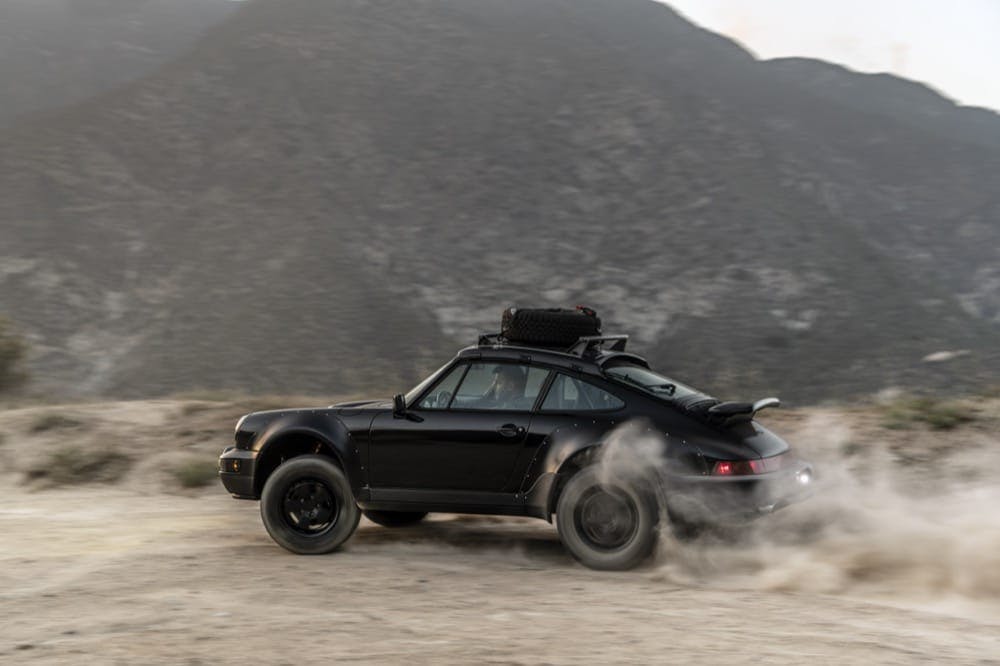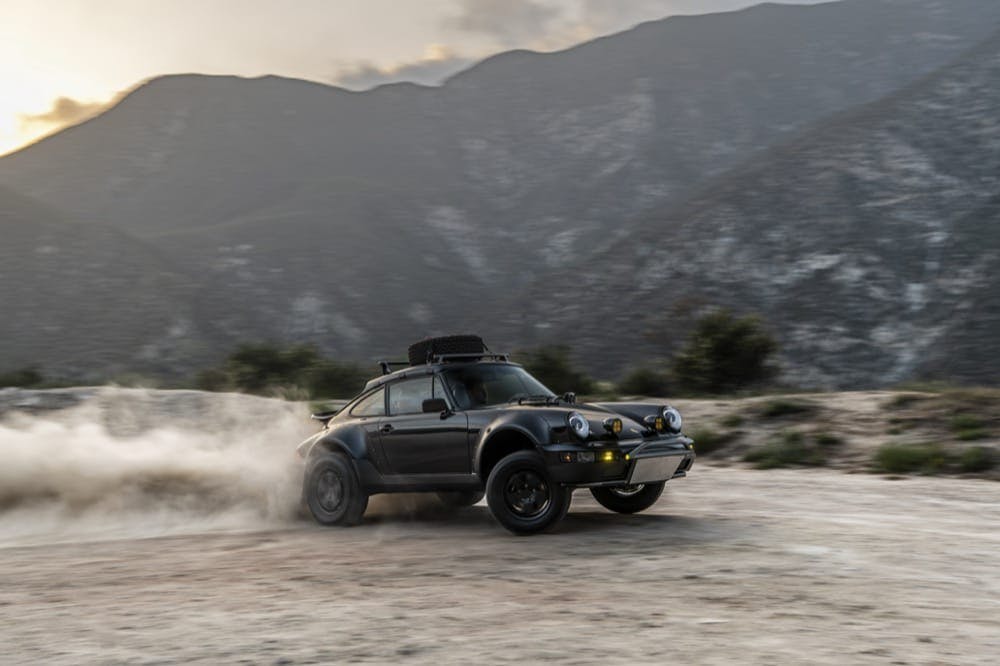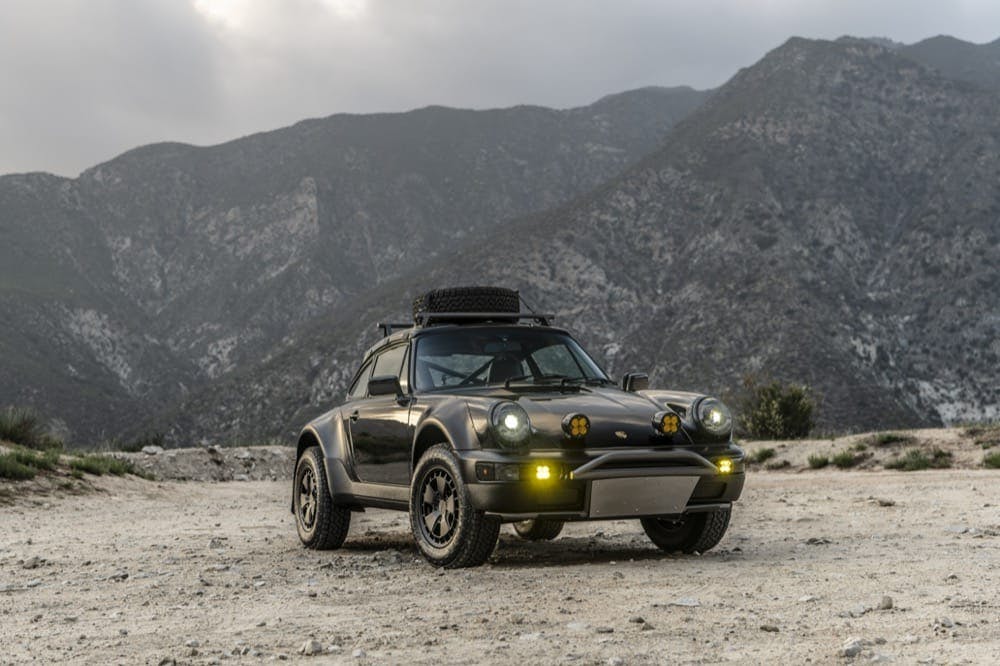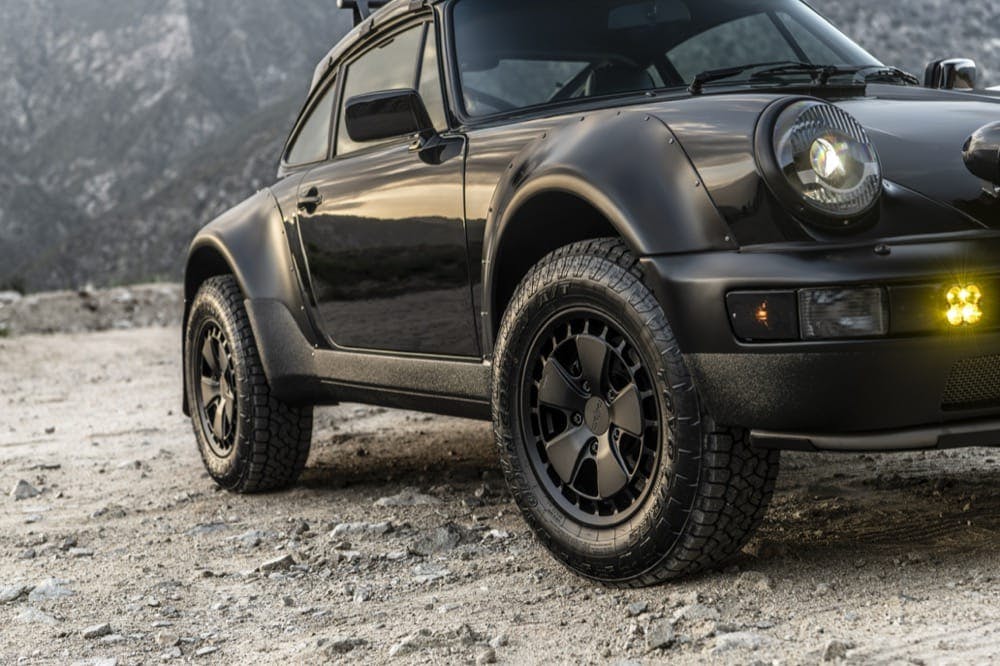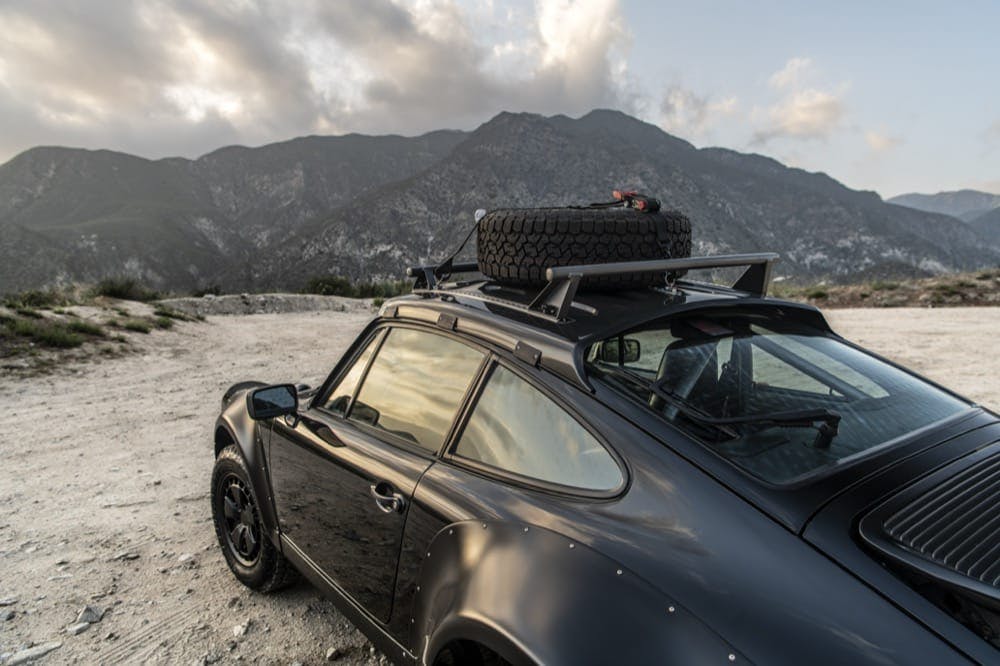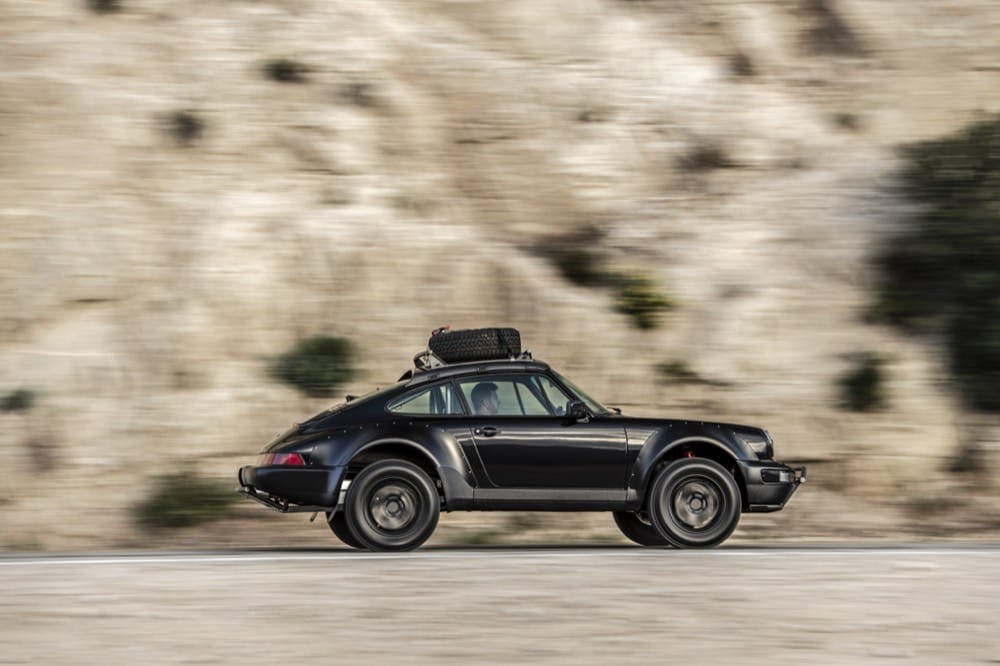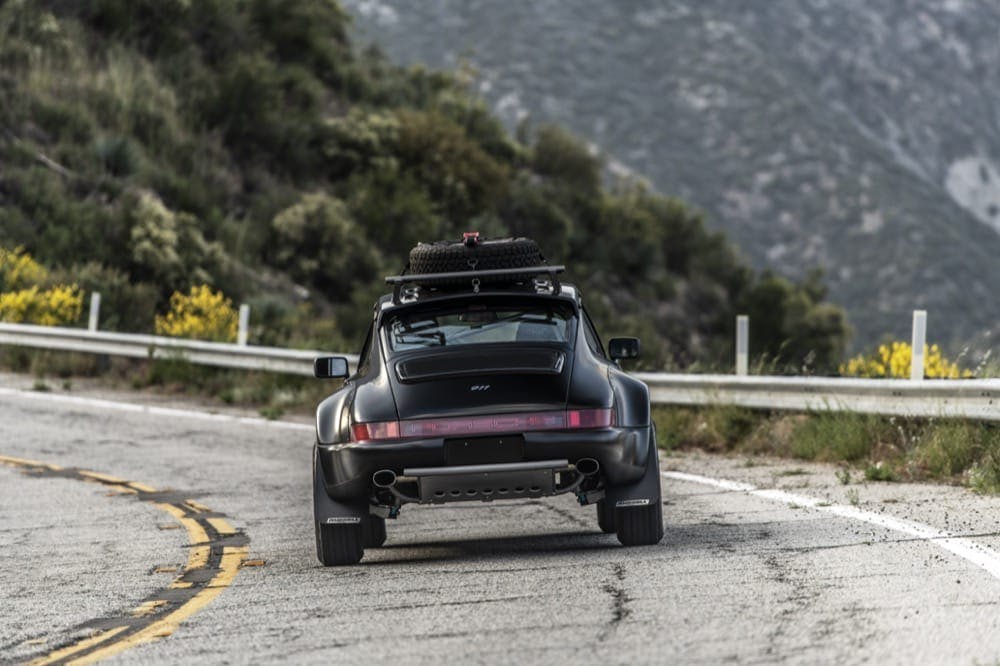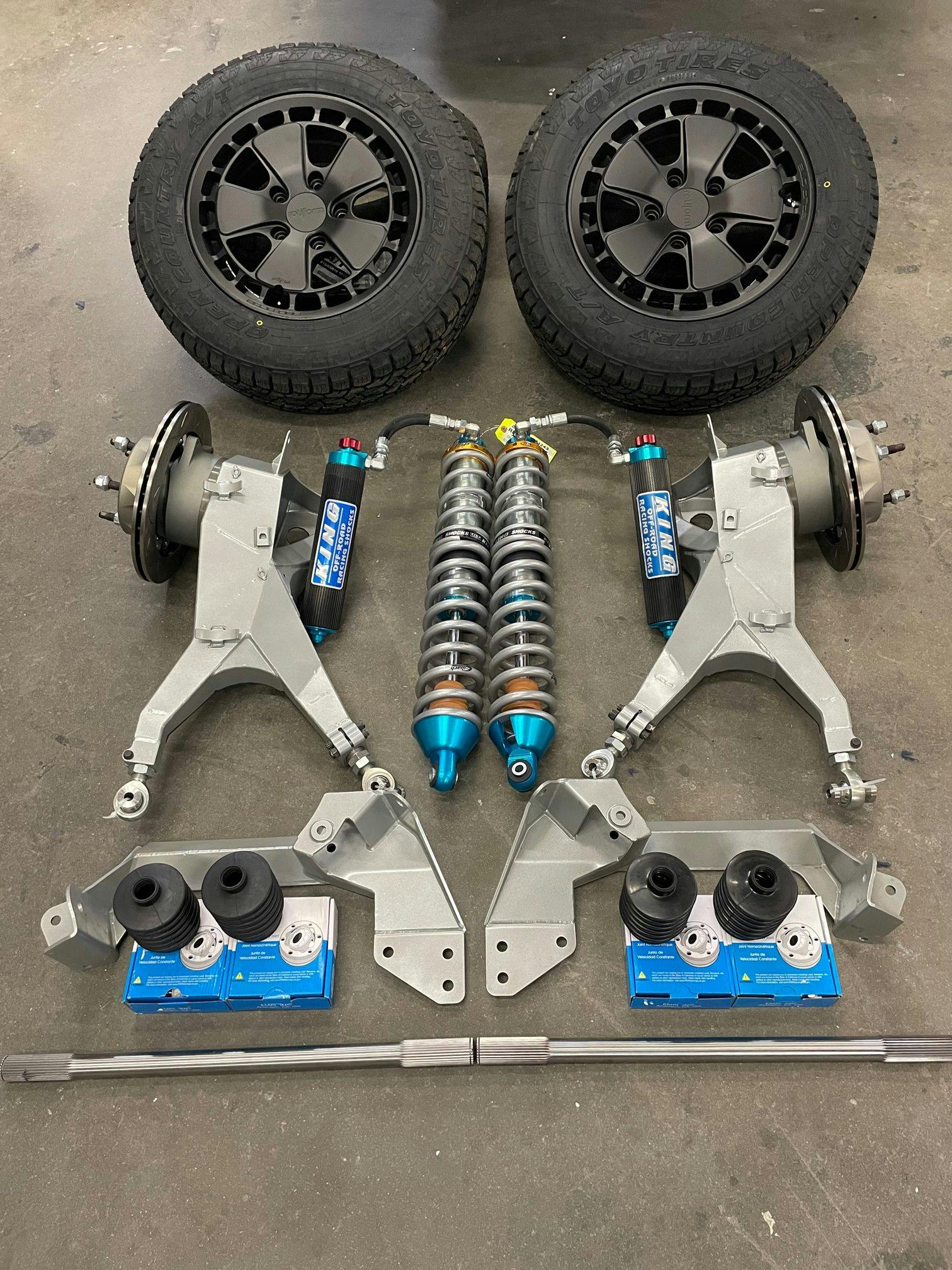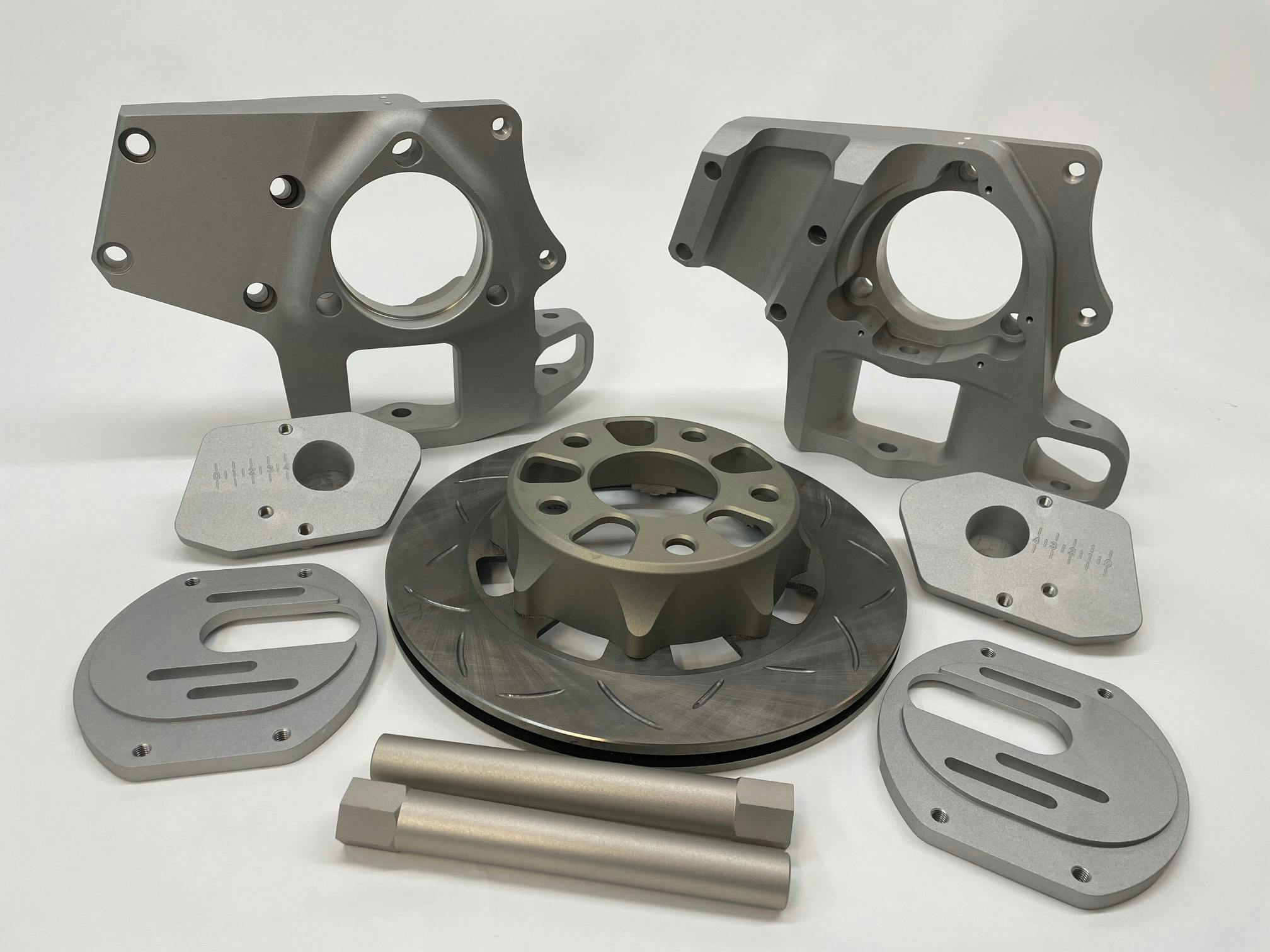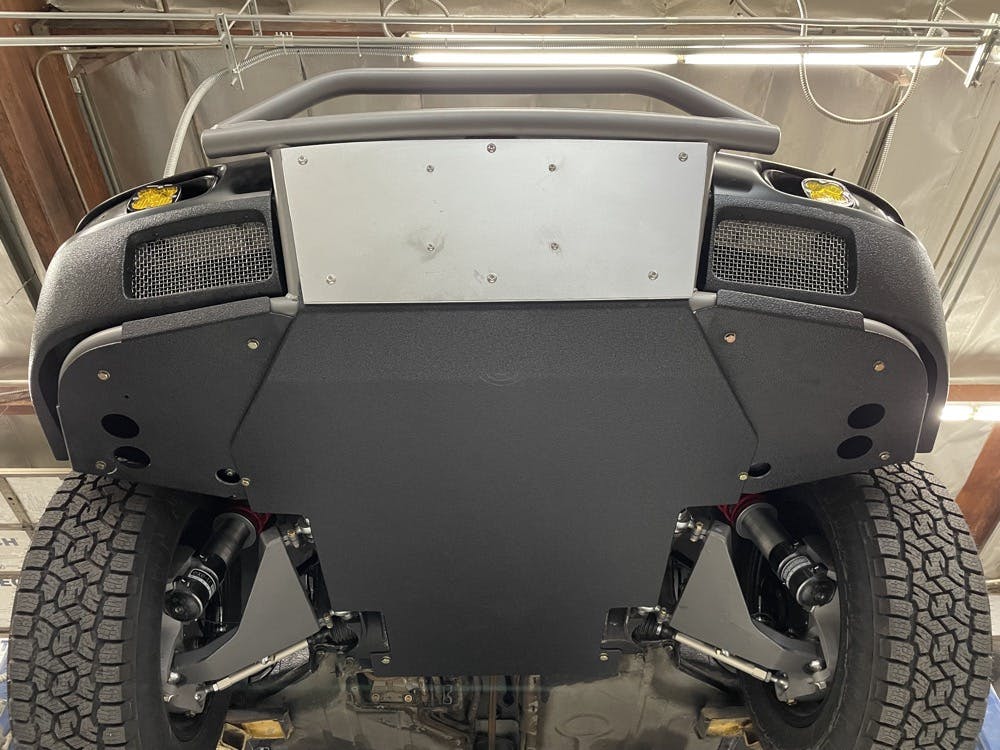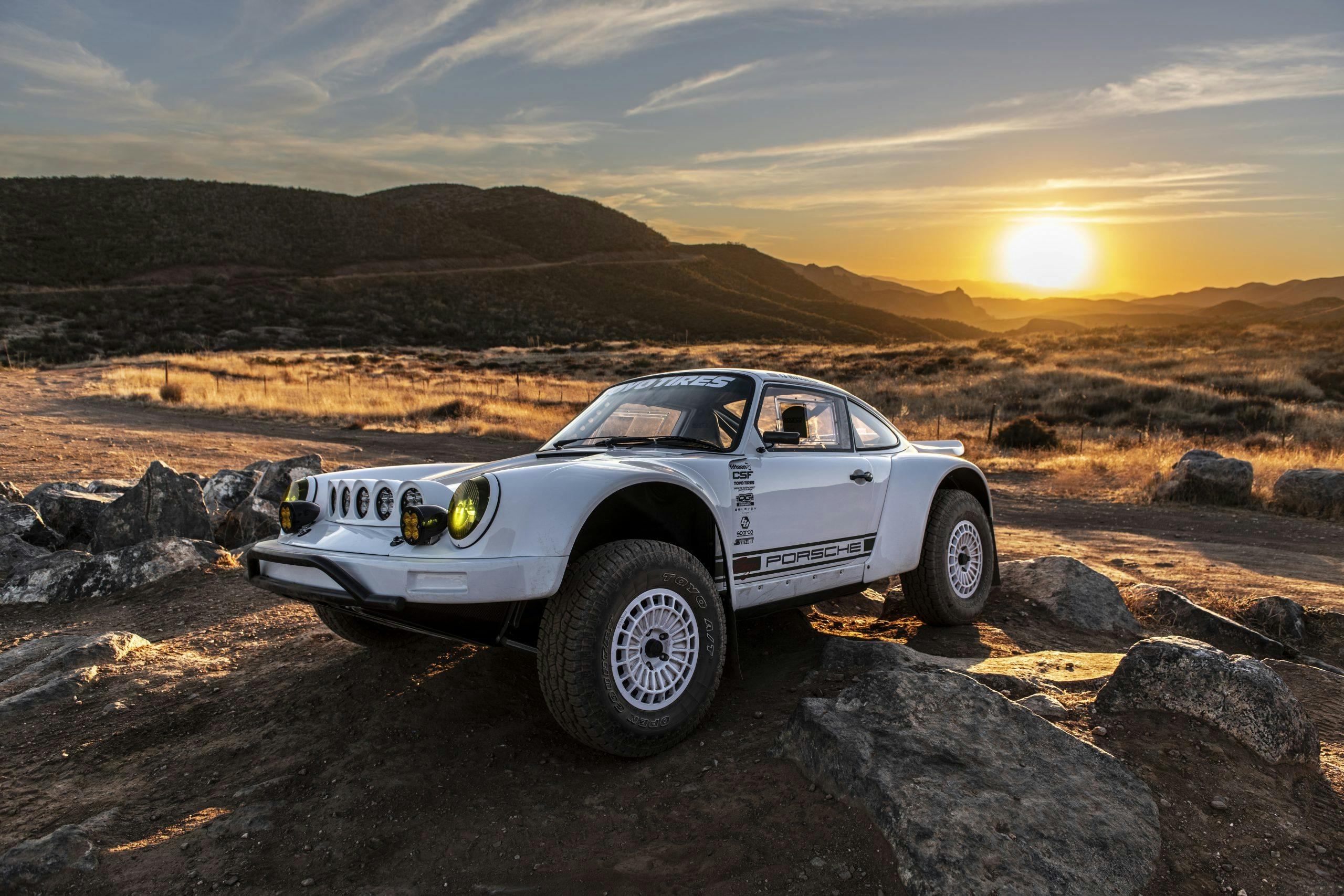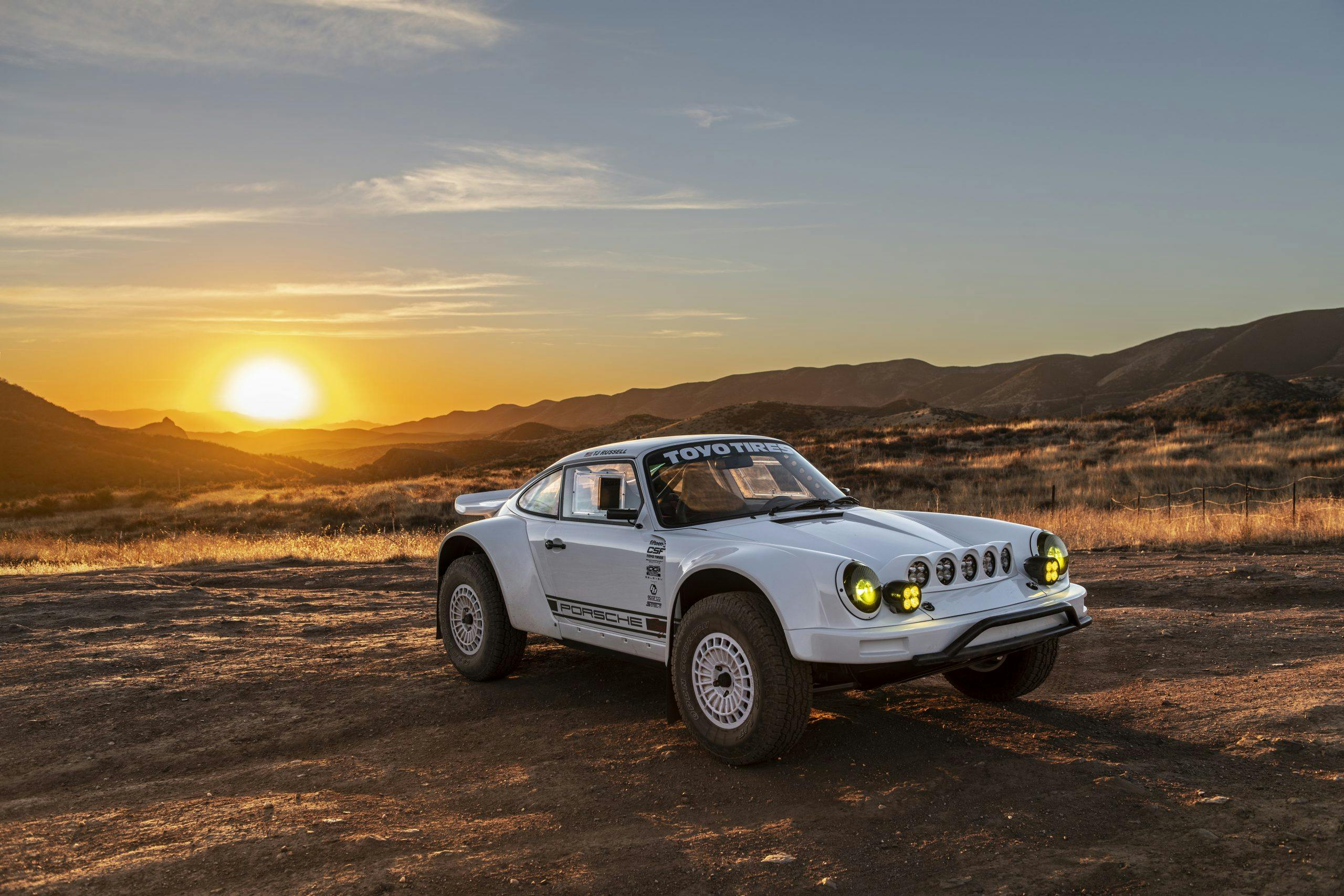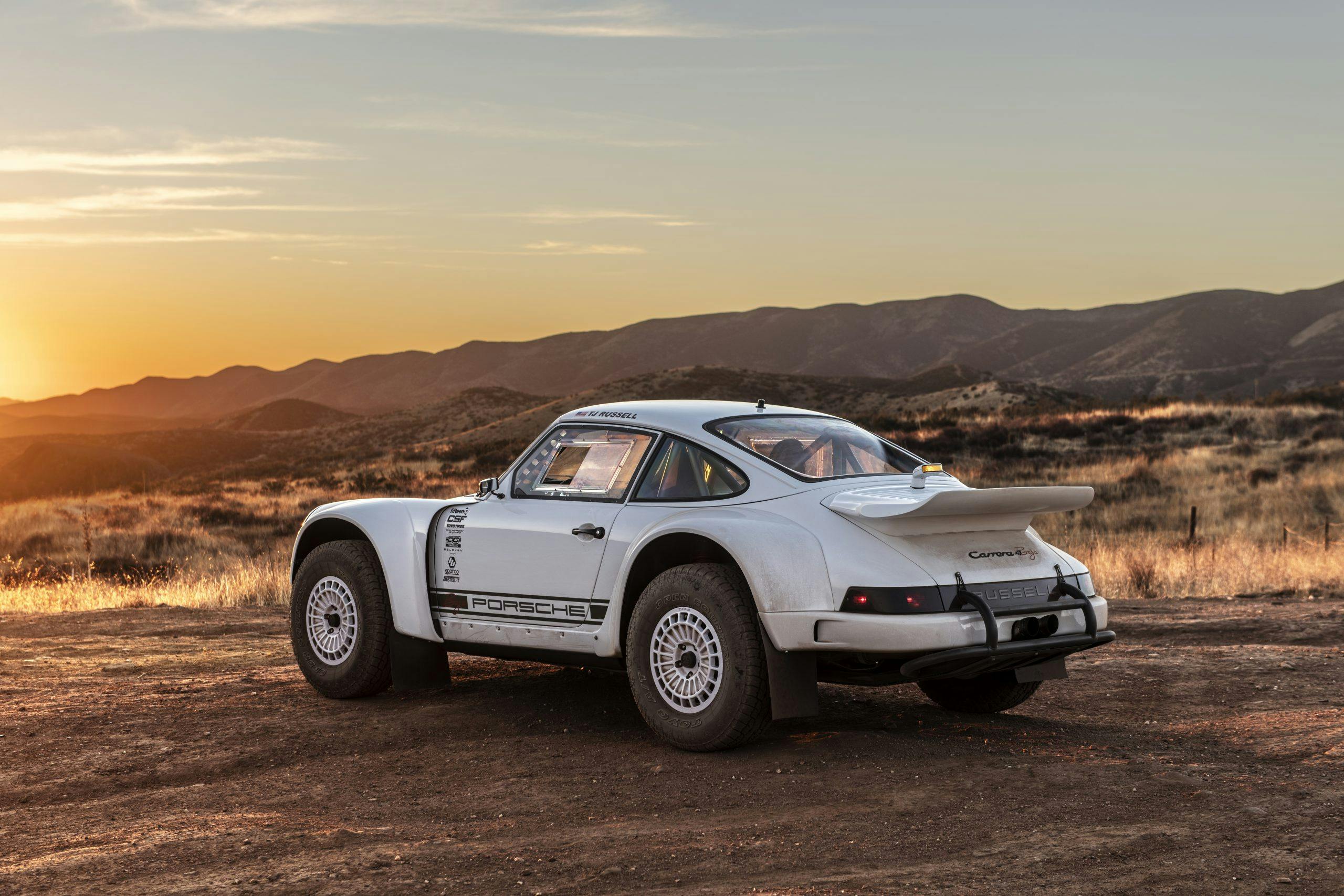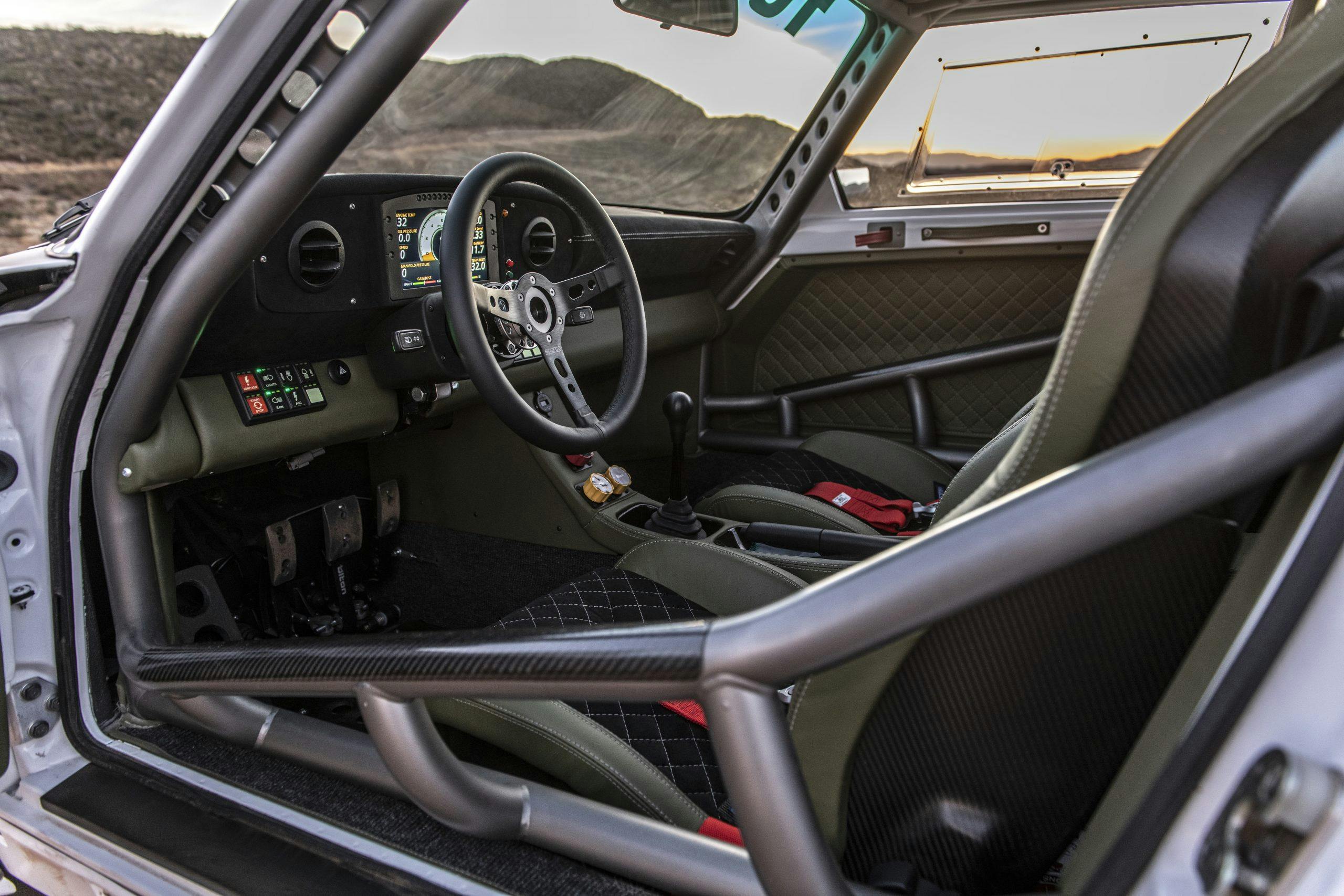Harley calls halt, Prodrive plans “rally” nostalgic Subaru, Bentley EV promises puke-inducing speed

Harley-Davidson suspends production, shipping of all models except Livewire
Intake: According to a statement on Harley Davidson’s website Thursday, the Milwaukee company is suspending production and shipping of all combustion-powered motorcycles due to a “regulatory compliance matter” with a part from third-party supplier. Production of its sub-brand’s electric offering, the Livewire One, continues unaffected.
Exhaust: While the short statement is vague, we’re guessing that the halt that this is tied to emissions compliance. With the lack of a recall or stop-sale announcement, and the continuation of Livewire production, we don’t expect that the combustion-powered models are suddenly failing to run, drive, turn, or stop. If its bikes are suddenly failing to comply with emissions regulations, calling a halt wouldn’t be an overreaction: No company wants to suffer the next version of Dieselgate, especially one like Harley-Davidson, which is working hard to reconcile the desires of traditional buyers with its desperate need to attract a new audience.
Russell Built’s Safari Sportsman is a measured, reversible approach to an off-road 911
Intake: Russell Built Fabrication, the small but mighty shop behind one of the original Safari 911s, has unveiled a new package for customers interested in hoisting the skirt of Stuttgart’s inimitable 964-generation coupe. The Safari Sportsman kit is based around the same NORRA Baja 500 class-winning off-road suspension setup from the shop’s original Baja 911 (see below). Whereas that car required total sacrifice of its 964 chassis, the Safari Sportsman kit is a bolt-on affair that Russell Built says will allow customers to return their 964 to stock, should they choose. Opt for the Safari Sportsman kit, and you’ll get a thoroughly reworked suspension system with billet aluminum uprights, heavy-duty hubs, billet tie-rods and strut mounts, custom struts front and rear, skid plates to protect the underbody, and much, much more. All told, the kit will run you $135,000 including installation, a full paint job, and commission-specific tuning.
Exhaust: One of the dirty secrets about many of these wildly modified safari builds is that they lose much of the original form factor during the upfitting process. One look at the white Baja 911 makes it clear that committing to that sort of desert-demolishing excellence is a permanent decision. Kudos to T.J. Russell and his team, then, for designing a package like the Safari Sportsman that allows clients the option to get their dirt on while still offering a way out if it’s not quite their style. That said, we don’t expect too many reversion work orders to arrive; this kit looks fantastic and we’re sure those who spring for it will be too busy getting sideways in the desert to ponder what once was.
Prodrive previews P25 Impreza resto
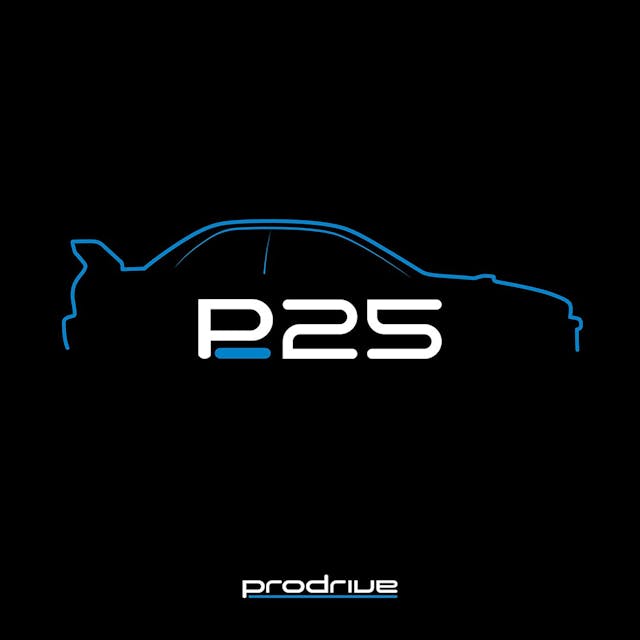
Intake: British race and rally firm Prodrive is set to celebrate 25 years since it built its first Subaru Impreza World Rally car. The WRC97 won the manufacturers’ championship in 1997, although flying Scotsman Colin McRae missed the drivers’ title by a single point. The rally good relationship with Subaru lasted until 2008 with Prodrive taking a total of three manufacturers’ championships and three drivers titles thanks to the talents of McRae and Richard Burns. The P25, teased by Prodrive on social media, is described as “an icon redefined” with the silhouette image suggesting it’ll be a three-door like the prodigal P1 of 2000. All will be revealed next week.
Exhaust: “Redefined” is the key word here. Will it be a luxurious Singer-style restomod or a rally recreation like the Kimera Evo37? Tune in on May 25 to find out.
F1 rejects New York as future grand prix site

Intake: Sorry, New York: It looks as though Formula 1 won’t be visiting anytime soon. Liberty Media boss Greg Maffei revealed yesterday, during a financial event in New York City, that Big Apple mayor Eric Adams offered Formula 1 the city as a potential grand prix site. Adams, who was sworn in earlier this year, proposed the use of Randalls and Wards Islands—520 acres of conjoined parkland. Since Liberty Media purchased the Formula 1 Group in 2017, the business has added Miami (2022) and Las Vegas (2023) to the season slate. And under the stewardship of Bernie Ecclestone, the world’s premier open wheel series came close to racing in New Jersey back in 2013 before plans imploded. Still, the response from Maffei was rather resolute: “I think the reality is street races in a place like New York are just very, very, very hard. Las Vegas is one of the few places in the United States you could probably get a street race done, it has a different mentality.” The boss went on to say that there were likely groups that didn’t want Formula 1 in the city and convincing those people is “probably a fight we don’t need to have.”
Exhaust: Formula 1’s rejection of New York could mean one of two things: One, we may have found the series’ ceiling for US grand prix. Any more than three stateside romps may not make financial or logistical sense for the group. Two: Remember when you tried to sit at the cool kids’ lunch table, and you could fit, if they slid over—but they simply didn’t want to? There may still be space on F1’s schedule for more U.S. dates, but not for New York’s. Given F1’s recent hot spell in the U.S., we would guess the second scenario is more likely. New York City presents some nightmarish logistics, including a requisite shut-down of Central Park, according to Maffei. Sure, Formula E has raced around the city, but those crowds are a fraction of typical F1 attendance. There’s also a chance we’re making a bigger deal of this news than we should be. It was difficult to imagine F1 coming back to the states, after the Indy GP debacle during the Aughts, but now the group is back three-fold. Stranger things have happened, but don’t hold your breath, NYC.
Bentley’s first EV will be nauseatingly quick … literally
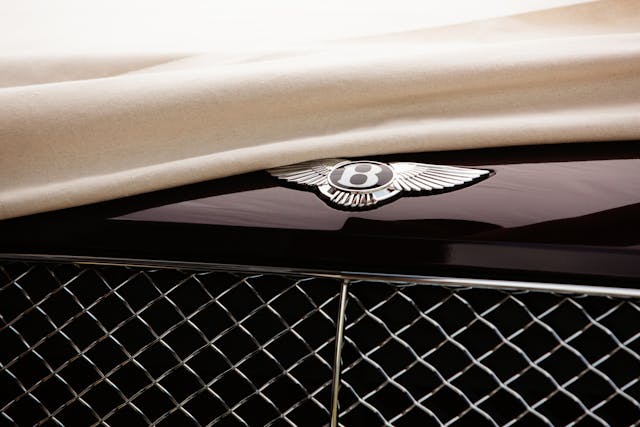
Intake: The first pure-electric car from Bentley will pack more than twice the power of the brand’s most potent combustion engine, but the luxury brand’s boss doesn’t expect buyers to exploit its extreme performance. “You can have 0–60 mph in 2.7 seconds. Or it can be switched to 1.5 seconds,” CEO Adrian Hallmark tells Automotive News Europe. However, Hallmark adds that: “The thrill of 2.4 seconds to 60 mph is great about 10 times. Then it just becomes nauseous.” So although the new EV will be the fastest Bentley ever built, Hallmark doesn’t want that to be the car’s calling card. “For us it would not be the brutality of acceleration that can define us,” he adds. Hallmark didn’t reveal any further details on the car’s body style, but suggested pricing would be close to that of the Mulsanne, which starts above $300K. Production is due to begin in 2025.
Exhaust: Hallmark’s comments prove that, bragging rights aside, the ongoing escalation in the electric horsepower war is essentially futile. Customers are paying for a performance that’s so extreme it actually makes them sick. Hopefully the world will wise up.
